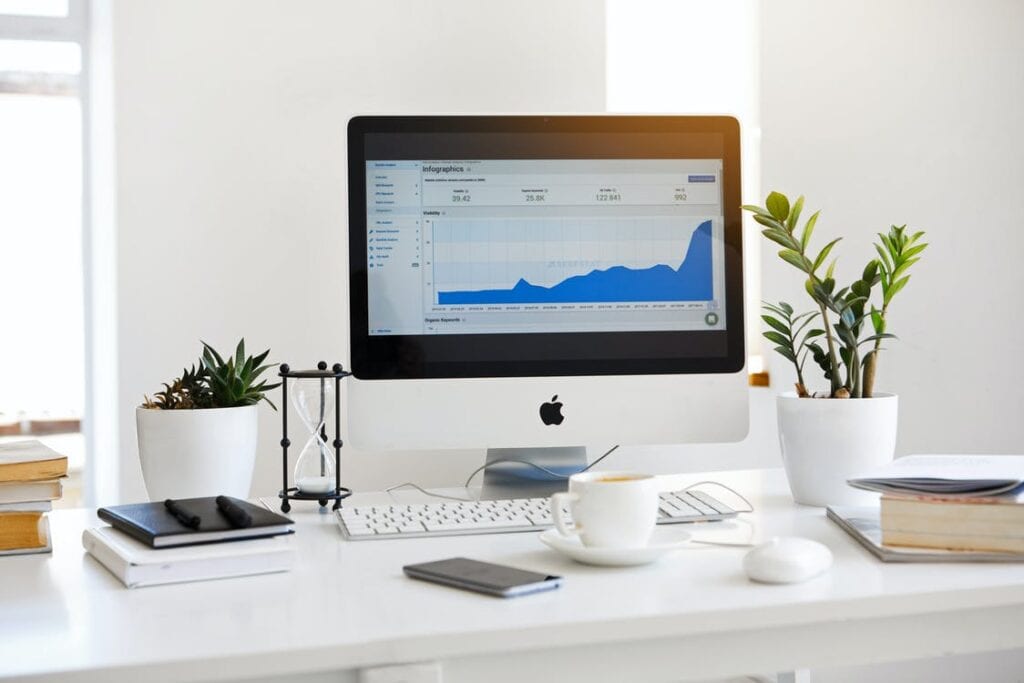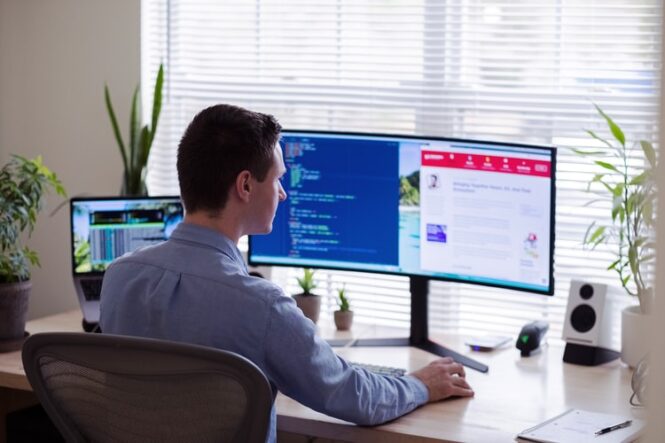The coronavirus pandemic has impacted businesses in many ways. Most people now either work from home or have accustomed themselves to limited interaction while in the workplace. And even if the pandemic is over, there’s a possibility that some of the changes will become the norm as heightened health protocols continue to become a priority for every organization.
In the coming months, perhaps we’ll see more companies investing in automated doors and lifts. And to some, it could be frequent disinfection and routine cleaning to keep viruses and bacteria at bay. Of course, all these possibilities are only feasible if the company survives the ongoing economic downturn. Sadly, many businesses had to let go of employees or close up shop.
Remote work and WFH arrangements are the new norms

When the pandemic hit, companies decided to implement work from home (WFH) arrangements to protect employees and limit the spread of the virus. Luckily, many sectors can transition seamlessly to remote work without any problems. This seamless transition can be attributed to digitized workflows, which can be managed on work management software like monday.com. With such a software, teams stay aligned wherever they are. One of the most significant contributors to the trend is the advancement in technology.
A reliable internet connection and modest office set-up are enough for anyone to continue working remotely. Also, it’s equally convenient to stock-up on office essentials because you can order them online from suppliers like www.aosonline.co.uk and get them delivered to your home.
Many companies that rely heavily on tech have already made remote work a part of their company culture. With the ongoing need to enforce physical distancing, other sectors are also looking into the possibility of having a majority of their workforce stay at home.
The good thing is, companies are already recognizing the benefits of implementing a work from home policy. It’s not only safer but also cost-effective. For instance, working from home means the company can save money by eliminating some overhead expenses. However, it’s still critical for companies to invest in technology to ensure a seamless transition to remote work. Examples include gadgets, video-conferencing apps, internet subscriptions, and similar services.
A different office space set-up post-pandemic

For some industries, working from home is indeed a feasible solution. But, not every company can operate through remote work alone. Some businesses still need to have employees physically come into work. As such, it’s become necessary to modify the typical office set-up to comply with health protocols.
One trend that will likely disappear is the “open” floor plan adopted by modern offices. Since physical distancing is a must, we’ll probably revert to a traditional set-up where there are barriers between each office table. Also, there will be more distance between each cubicle to prevent the spread of viruses and germs. And in addition to decongestion, office managers will also need to implement strict protocols relating to hygiene and disinfection.
Reimagining workplaces in the “new normal”

After a spate of lockdowns worldwide, companies experimented with remote working to keep the economy moving. However, while many preferred the work from home arrangements; some government and private offices need to maintain a skeleton workforce to serve their constituents and clients.
Flattening the COVID-19 infection curves may not be realized as expected, but there are already talks of reopening some offices because the economies in various countries are quickly spiraling downwards.
Changing the workplace environment

Organizations are busy preparing for the new normal, a term coined for the post-COVID-19 environment. They are thinking of ways to implement basic health protocols within the confined office spaces without disrupting workflow and dynamic interactions within the department and within the company itself. Many will inevitably lose their jobs, and others will have to take on the tasks of people who will have to give up their positions.
There is no universal solution because each workplace has a unique setup. Management has to make tough decisions, and they have to implement changes. Key factors to consider are the following:
- The talent they need
- Roles that are the most important in the department
- The amount of collaboration necessary to maintain excellence
- Office location
Reconstructing the conduct of work

Organizations continued to collaborate during the lockdowns by making sure that the usual work processes go on remotely. They allowed employees to work from home, transplanting, and distributing the work processes to remote workers.
Post-pandemic, organizations should pick up the most vital processes for each primary function, geography, and business and think about it altogether. The employees should be involved in the effort to find the ideal solution. Some employees may need to be physically present in the beginning and allowed to work remotely later. They should check current projects’ status to see whether team members should handle them personally or collaborate online.
The organization should think more about how to make physical and online collaboration work and how to operate in a digital workplace. This also applies to the selection and utilization of talents.
Redesigning the workplace

Working remotely does not favor some organizations, as they need employees to be physically present. Post-pandemic, organizations will have to think about their priorities and choose staff members who should work in the office and those who can continue their jobs remotely. They should provide workspaces that will support the types of office interactions that cannot be done remotely. Installing signs to let people know where they should sit, stand, or walk can make them feel safe.
Investing in smart technologies to automate touchpoints, such as sanitary systems, lifts, and doors. The office should have sufficient airflow and cleaned and sanitized frequently. Tables and cubicles should be set apart to maintain social distancing. It is still possible to have work tables facing one another, as long as there is a protective barrier, like clear glass or acrylic panel on each table. This will allow employees to see one another and talk to each other safely. To keep employees at a safe distance from one another, only key people should attend meetings and brainstorming sessions.
Final thoughts
The circumstances brought about by the pandemic are forcing many businesses to adopt new solutions. Work from home and other remote work arrangements are most ideal, but not for every company. Working at an office can be quite challenging, so it’s the company’s responsibility to modify working conditions that follow the highest standards for health and safety.
 Imagup General Magazine 2024
Imagup General Magazine 2024



